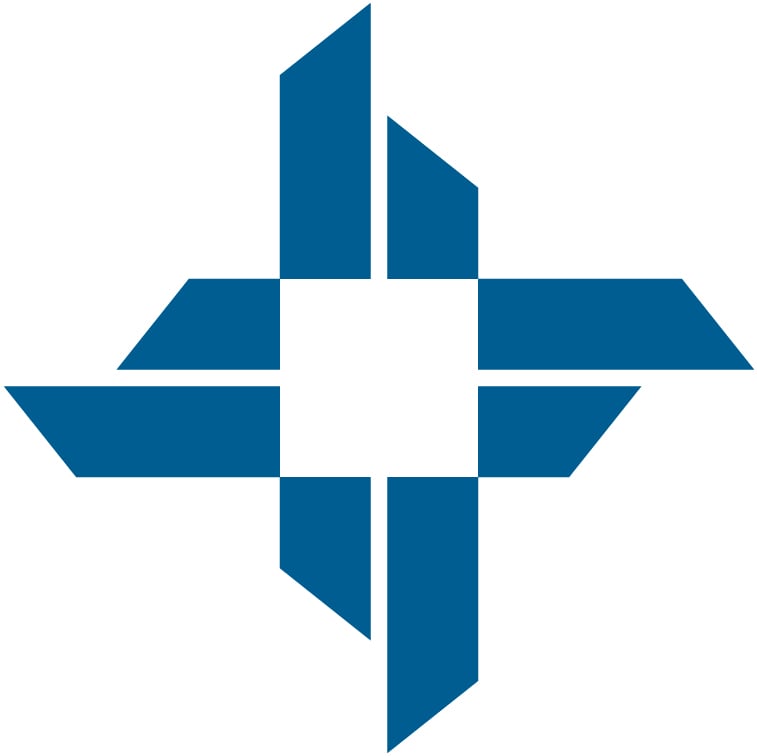Maybe you’ve heard the term “Great Resignation” in the news recently, used to describe an economic trend that took off in 2021. Experts say employees across the board are voluntarily resigning en masse in search of more fulfilling job prospects.
The rental and housing industry’s resignation rates have hovered around 2% since March 2021, which is better than some industries, but still high. While experts debate whether the “Great Resignation” is a product of 2020-21 pandemic conditions or a long-term culture shift, it’s clear that housing leaders need to start taking more action to improve employee satisfaction and prevent turnover. Additionally, so long as a housing organization has employees, it is likely to face some type of employment practices liability exposure.

To help shed light on how housing organizations can retain employees, comply with employment laws, and create a culture that inspires employees to be their best, HAI Group’s Andrew Ragali spoke with Michael Teape (pictured at left), co-founder of Teape Training International (TTI), a one-stop-shop for organizational learning and development needs.
The company, established in 2009, specializes in employment practices training—with an emphasis on diversity, equity, and inclusion (DE&I) transformations—and has first-hand experience working with multifamily affordable housing organizations.
“We bring our experience of working with all business sectors and non-profit organizations across the globe to you with a practical approach to effecting change and anchoring learning in your team members,” Teape said.
Andrew Ragali: You’ve been in the business of corporate training for a long time—based on your experience, why is leadership and management training as it relates to employment practices and DE&I so critical?
Michael Teape: I believe it is at the center of an organization’s culture—how you wish to be perceived if you will. The mission of your organization shines through with the values your leaders put on display both within their teams and out to clients, funding providers, and vendors.
Leadership and management training connect employees with appropriate ways to communicate and achieve results together and creates a consistent approach to managing people across the organization, which in turn, trickles out to the clients and how they are treated. It helps provide an appropriate and constant practical method on how to coach employees and provide constant feedback that supports employee growth, performance management, and overall communication style.
At the cornerstone of leadership and management training are diversity, equity, and inclusion training. This addresses how we respectfully interact together and include others, as well as their ideas. This is the fabric of the workplace culture and how we all interact while pursuing our mission as an organization.
AR: What problem does your leadership and management training seek to solve?
MT: Our training aims to connect the learner to what needs to be achieved from a skill and behavior perspective. It works on breaking down silos and correcting approaches to leading others through today’s challenges. When leaders apply our training, it helps increase the productivity of team members, allowing for career progression from within the organization. It creates a sense of belonging and increases cross-department communication focused on achieving overall goals. It also reduces employee turnover significantly.
AR: If housing organizations don’t take employment practices and DE&I seriously, what are some of the potential repercussions?
MT: Employees who are less likely to go the extra mile for the organization and their clients, an increase in staff turnover as employees look to leave a less supportive and inclusive work environment, and an increase in grievances, which can potentially lead to more legal cases of discrimination in the workplace,
AR: What fundamentals of employment practices and DE&I do most organizations need help with?
MT: Most organizations tend to apply DE&I practices to the two areas which have legal implications for any organization—hiring and the employee experience/engagement. However, usually, only the basics are offered without taking a deeper look at how performance management is completed each year, how talent and succession planning are approached, and how reward and recognition are applied throughout the organization. These four areas help build and embed a supportive culture within an organization. Without consideration in all these areas, organizations are just covering the bare legal requirements and not truly unlocking the potential of their human capital.
AR: Why does DE&I matter for housing organizations?
MT: Overall, DE&I programs are an essential part of building engaged and happy employees. Organizations with strong diversity climates are more likely to have more engaged employees with increased job satisfaction and higher levels of trust. This is really three questions-in-one and they all build on each other. I often equate it to this analogy:
Diversity is inviting everyone to the party. Equity is making the party accessible to everyone (e.g., in an outside space during the pandemic, easy to get to, range of food and activity options available). Inclusivity is asking everyone to dance! All of this leads to the objective which is to make all employees feel like they belong. To put that into this analogy, the sign that employees FEEL like they belong is that they dance as if no one is watching.
Why is diversity important in housing? A diverse workforce is more likely to understand your clients’ needs and be better at fulfilling them. Different perspectives add more ideas and different ways to see and overcome the challenges faced by the business.
Why is equity important in housing? Once you have a diverse workforce, that same workforce will need access to working within and benefits of working for your organization. These processes also need to be equitable in order to keep your diverse workforce from finding better organizational environments to work for and to be productive, engaged, and happy. Equity ensures everyone has access to the same treatment, opportunities, and advancement. Equity within an organization aims to identify and eliminate barriers that prevent the full participation of some groups.
Why is inclusion important in housing? It enhances employee engagement by creating a psychologically safe place that encourages innovation and creativity. The end result of inclusion policies is a sense of belonging which also improves the employee experience, and in-turn enhances all abilities and productivity. Lastly, an inclusive culture improves the recruitment of talent and helps retain the talent needed to help your organization succeed.
AR: Are DE&I initiatives a requirement for private and non-profit businesses in the U.S.? Are there compliance obligations?
MT: Although there is no legal requirement to implement a DE&I program, employers are doing so because they provide a strong message that they are committed to providing a diverse and inclusive work environment. There are discrimination and harassment laws in place at the federal and state level that a strong DE&I program can help address, showing that an employer has trained its employees to not discriminate or harass others.
AR: Based on your experience, why do clients struggle with DE&I progress?
MT: Most clients do a good job of making sure the foundational training is completed for DE&I and even employ a diversity officer to work on the organization’s diversity and equality practices within an organization. The struggle comes with continuing the work and building on the foundational achievements, which takes time and resources to put in place.
AR: When your company is brought in to provide employment practices and DE&I training, what’s your main goal? At the end of the training program, what do you hope to accomplish with your clients?
MT: At TTI, we are committed to driving organizational and individual transformation through the power of purpose, potential, and inclusion. We partner with each client to optimize organizational culture by leveraging the power of diversity and inclusion while driving employee engagement and results.
Our areas of expertise are:
- Cultural transformation
- Diversity, equity, and inclusion
- Leadership development
- Coaching
- Team effectiveness
- Employee experience and engagement
AR: When a client reaches out, do you consult with them on the type of training leadership or employees might need, or do you typically provide training on the topics requested by the client?
MT: We can offer both, depending on where a client is on their DE&I journey. We offer consultation throughout the process of developing training programs and aiding organizational change, as well as off-the-shelf DE&I courses meant to start organizations on their journey.
AR: If your clients only remember one thing from your training program, what should it be?
MT: Change is possible and you can be a catalyst for change in your organization.
Contact our Risk Control and Consulting team for more resources and answers to your housing organization’s employment practices questions.
Interested in Working With HAI Group? Our Account Services team is ready to assist you.
This article is for general information only. HAI Group® makes no representation or warranty about the accuracy or applicability of this information for any particular use or circumstance. Your use of this information is at your own discretion and risk. HAI Group® and any author or contributor identified herein assume no responsibility for your use of this information. You should consult with your attorney or subject matter advisor before adopting any risk management strategy or policy.
HAI Group® is a marketing name used to refer to insurers, a producer, and related service providers affiliated through a common mission, management, and governance. Property-casualty insurance and related services are written or provided by Housing Authority Property Insurance, A Mutual Company; Housing Enterprise Insurance Company, Inc.; Housing Specialty Insurance Company, Inc.; Housing Investment Group, Inc.; and Housing Insurance Services (DBA Housing Insurance Agency Services in NY and MI).

.jpg)





